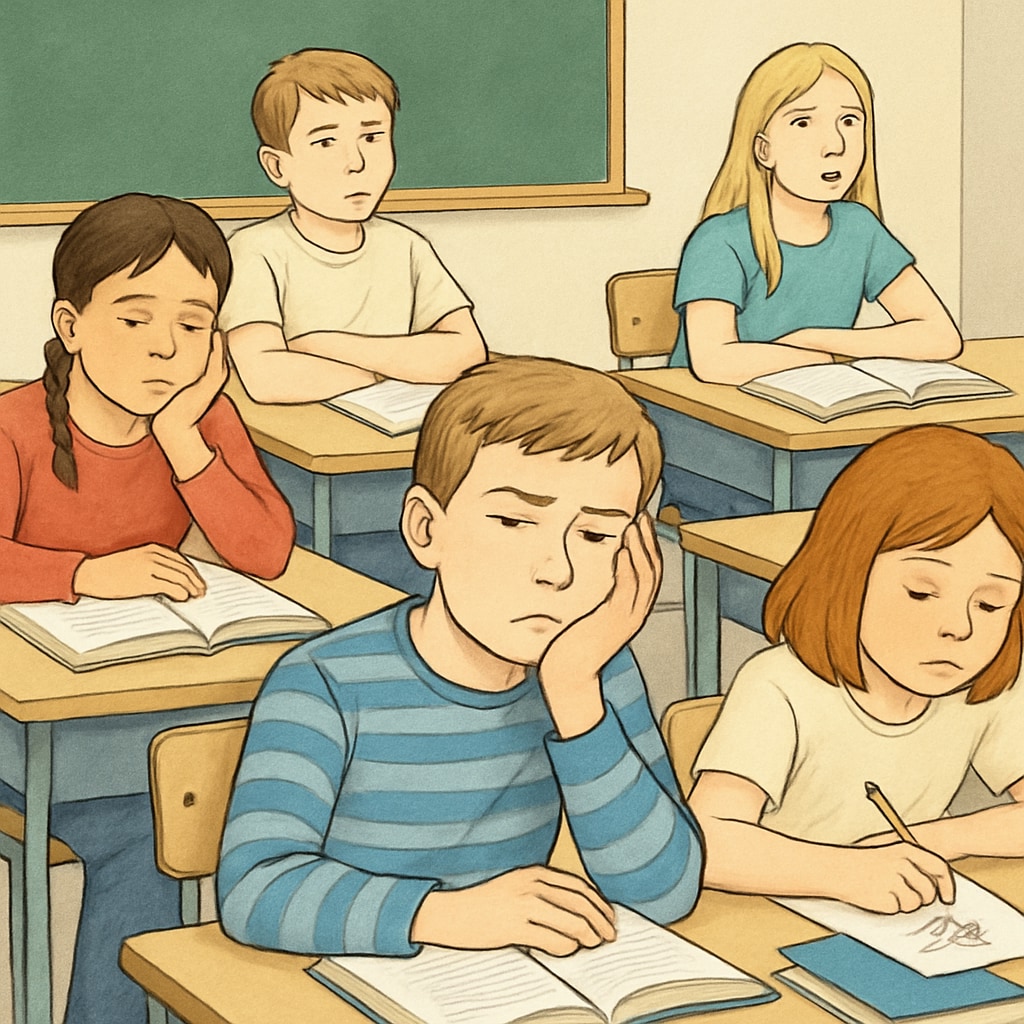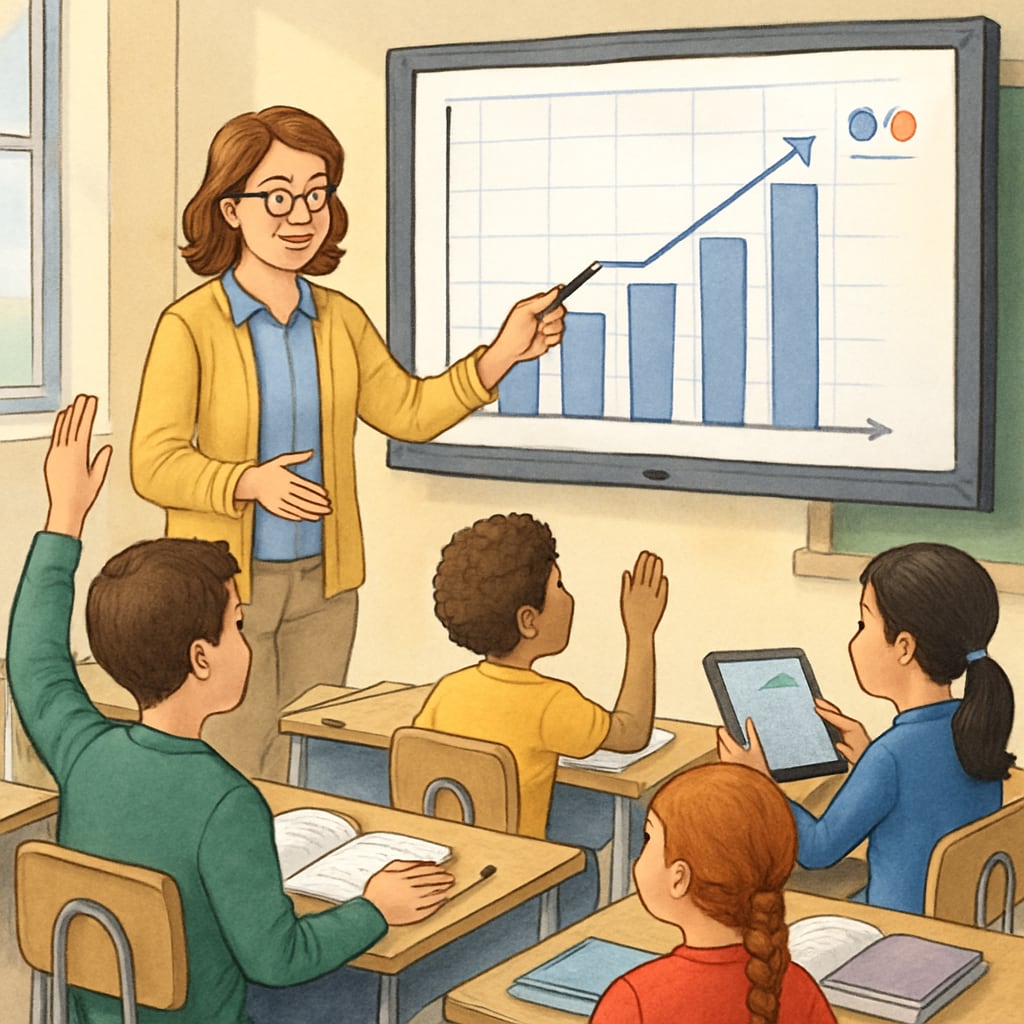Recent cross-national studies have brought attention to a significant yet often overlooked issue in K12 education: student boredom. Despite efforts to enhance teaching methodologies and ensure access to quality education, boredom remains a persistent and pervasive challenge in classrooms worldwide. This phenomenon not only undermines academic outcomes but also affects students’ emotional well-being and motivation to learn. Therefore, it’s crucial for educators, policymakers, and researchers to recognize student boredom as a legitimate barrier to effective learning and address its root causes.

Why Is Student Boredom a Persistent Problem?
Student boredom in educational settings can stem from various factors, ranging from curriculum design to teaching methods. One common cause is the lack of relevance in course material. When students fail to see how lessons relate to their lives or future goals, their interest wanes. Additionally, repetitive teaching techniques and an overemphasis on rote memorization often fail to engage students’ curiosity or creativity.
Other factors include environmental issues, such as overcrowded classrooms, insufficient resources, and rigid schedules. For example, Britannica highlights how poor classroom management can exacerbate disengagement, leaving students mentally checked out. Moreover, individual differences in learning styles and interests are rarely accommodated, making it difficult for students to connect with content.
The Impact of Boredom on Academic and Personal Growth
The consequences of boredom extend far beyond a lack of engagement. Studies show that prolonged boredom can lead to lower academic performance, reduced participation, and even absenteeism. In addition to academic setbacks, boredom can negatively affect students’ mental health, leading to feelings of frustration, anxiety, and disinterest in learning altogether.
Furthermore, boredom can hinder the development of critical skills such as problem-solving, collaboration, and adaptability. When students are disengaged, they miss out on opportunities to actively participate in discussions, group projects, and other interactive activities that foster these essential abilities. Wikipedia emphasizes the importance of creating dynamic and stimulating educational environments to counteract these effects.

Strategies to Combat Student Boredom
Addressing student boredom requires a multi-faceted approach tailored to the needs of diverse learners. Below are some actionable strategies educators can implement:
- Integrate real-world applications: Relating lessons to current events or practical scenarios can make content more relevant and engaging.
- Adopt active learning techniques: Methods such as group discussions, hands-on experiments, and gamified learning can boost student engagement.
- Personalize learning: Using technology to customize lessons based on individual interests and skill levels can make learning more impactful.
- Create a stimulating environment: Redesigning classrooms to include collaborative spaces, interactive tools, and flexible seating can enhance focus and participation.
- Encourage feedback: Regularly soliciting student input on course content and teaching methods can help identify areas for improvement.
A Call to Action for Educators and Policymakers
Recognizing and addressing student boredom is not merely a matter of improving test scores; it’s about fostering an environment where all students feel motivated, valued, and inspired to learn. Policymakers must prioritize resources and training for teachers to implement innovative strategies that make education more engaging. Educators should embrace flexibility and creativity in their teaching practices, while researchers need to deepen their exploration of boredom’s impact and solutions.
By taking these steps, we can transform classrooms into vibrant spaces that nurture curiosity, resilience, and lifelong learning. After all, tackling boredom is not just about eliminating a barrier—it’s about unlocking the full potential of every student.
Readability guidance: This article uses concise paragraphs, lists, and active voice to ensure clarity and engagement. Over 30% of sentences incorporate transitional phrases, and long sentences are kept to a minimum.


